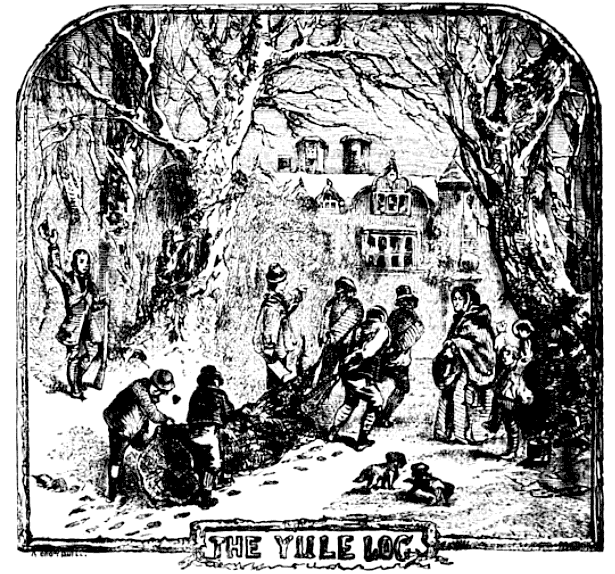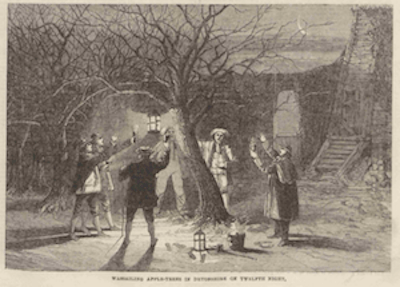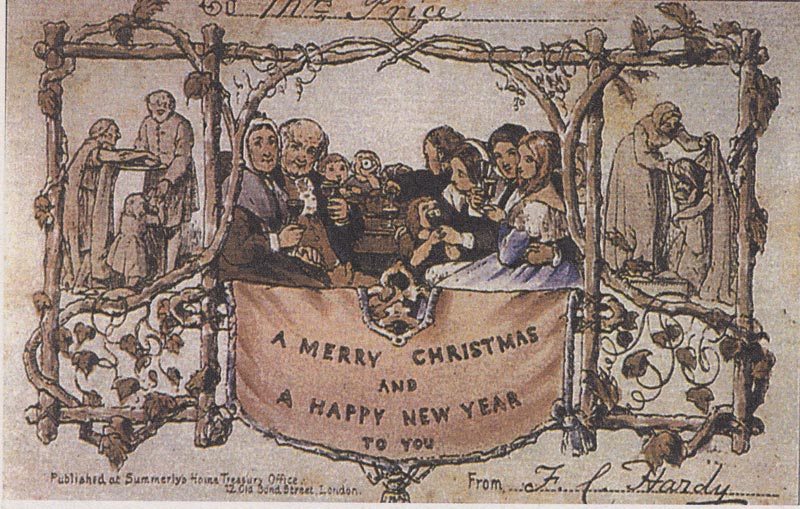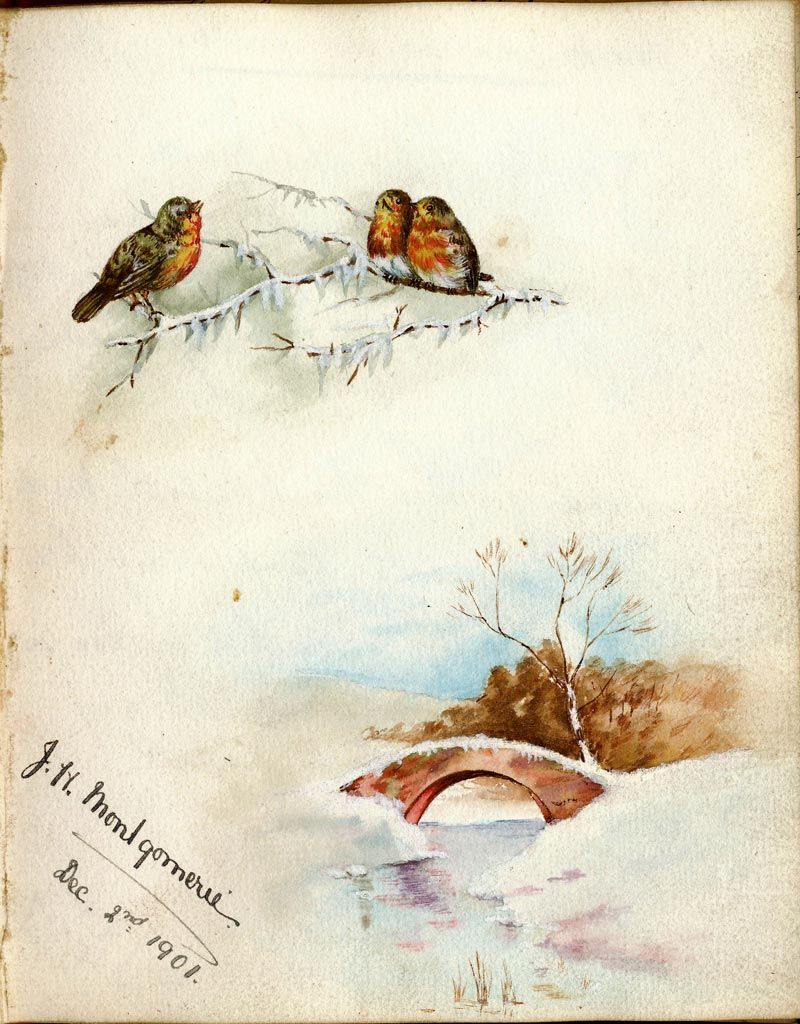I threw a picnic in our garden the other day. We were busy with all…
English Christmas 2 – Traditions
Let’s think for a while and imagine how Christmas could be like when Queen Victoria became the queen of the UK. Things that make Christmas really great such as the Christmas tree, Santa Clause, Christmas cake, Christmas turkey, did not exist, not even the Christmas card. It is becoming slightly boring that I keep on repeating myself and say many things that formed the UK were born during the Victorian era. Christmas celebrations are no exception!
How did people celebrate during the midwinter period before Queen Victoria?
People thought that the warmth and light disappear and things die in winter. However, they observed that after midwinter’s day, the days became longer and nature started to be reborn and the people were full of hope. As a result they had a festive period where they celebrated over 12 days (Twelve day of Christmas) and which was a happy season. Fire played an important role on this festival, as fire gives light and keeps the evil spirits away. One of the oldest pagan customs, bringing a Yule log to the house has German origin. (Yet again…)
Yule-log ceremony
This tradition exists not only in England but in Northern Europe, France, Spain and even in Baltic countries. In England the log was chosen on 6th February (Candleman’s Day) of the same year and it was set on fire and burnt until sunset. Then it was put away and stored until Christmas. It was brought into the house on Christmas Eve and lit by a piece of wood from the last year’s log which was supposed to bring luck. Families sang songs, played cards by the fire, even telling ghost stories was a popular activity. They ate Yule cakes which were baked in form of little Jesus. Today the tradition of the log appears on the table in a form of a cake (Yule log).


Carol singing
Carol singing goes back to a ancient Anglo-Saxon tradition, the wassailing. The word wassailing means “good health” in old English. It had two versions: one where people visited houses after houses and another one where they went to orchards. In the first one, people visited houses by houses whilst singing and offered a drink from the wassail cup, expecting some gifts in return. If they did not get any, they did some harm in the house. This feature still lives in the American Trick-or-Treat at Halloween. In the other version people marched to orchards led by a king and a queen. The queen was lifted up by people and she then would “soak a toast” in the wassail drink (punch, bread soaked in milk) and stuck it on the tree’s branches as a gift for the spirits of the tree. This tradition is still alive primarily in cider-producing areas, so mainly in South West of England.

The Twelve Days of Christmas
In the early Victorian times people would celebrate Christmas for 12 days and they would sing, play games and relax. Why did we stop doing that? Why don’t we celebrate Christmas over 12 days anymore? That was because of the industrial revolution where people moved from the countryside to towns and it became more difficult for families to meet at Christmas and often work could not be stopped for 12 days. Then Charles Dickens came and saved Christmas. 🙂 This sounds very simple but the truth is that Dickens did love Christmas and would celebrate it with his family over 12 days. In 1843 the Christmas Carol was published and was a great success. But there was something else as well which was born in that year.
The Christmas Card
The director of the V&A Museum, Henry Cole was a very busy man and asked his artist friend, J. C. Horsely to design a card which only needed to by signed. Thousand pieces of the first Christmas card were printed, but these were very expensive as they had to be painted by hand. With the evolution of the printing technology the costs decreased and more and more people could afford to send Christmas cards for their beloved ones, however sending cards became popular between 1860 and 1870 only due to railway network expansion. A Canadian doctor, W. Grenfell suggested supporting different charities after every sold Christmas card. This is becoming more and more popular – think about the UNICEF cards or in the UK every big department store has own branded cards supporting different charities. Interestingly, Victorian cards did not have a Christmasy or religious design. You would find fairies or other magical creatures implying the beginning of Spring. Animals and children, however, were popular designs on cards: the robin was the most popular animal on Christmas cards in the Victorian period. Postmen were called robins in the Victorian times due to their distinctive red jacket that was their uniform between 1840 and 1861. (This could be a reason why Robins were often depicted on the Christmas Cards.). When my Partner sends out the Christmas cards for friends and family he always encloses a “newsletter” (as he calls it) in a form of an A4 paper. And I always raise my eyebrows and wonder why he does not simply send and email to everyone. I had to realize this too is an English tradition called Round-robin letter.


~
As we can see the world is changing in the Victorian times and that picture was published in The Illustrated London News about Queen Victoria and the Christmas tree which inspired middle classes and the rich. With the spreading of the Christmas tree and cards the Christmas we know today was born. But something is still missing… Christmas dishes and gifts. Next time I will write about that.




Comments (0)